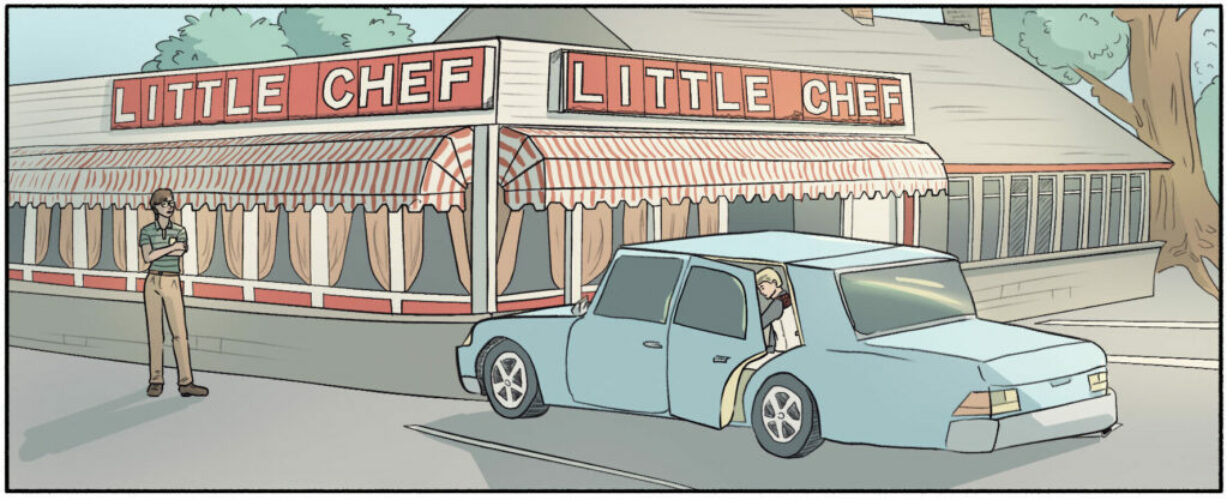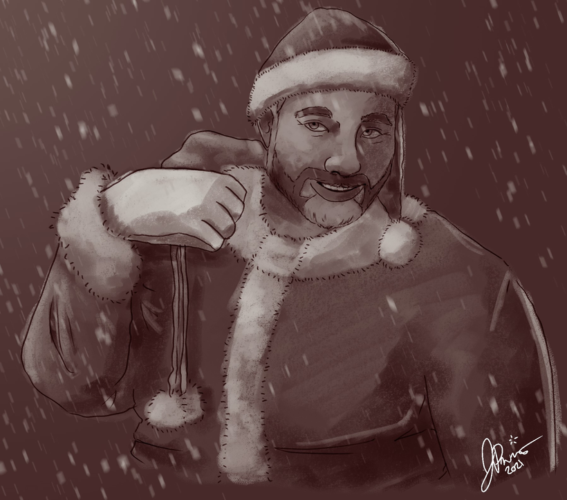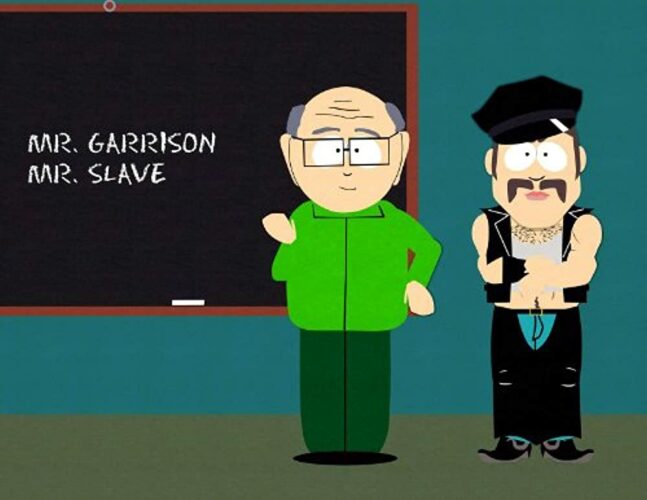Erudite Waffles (12/31/22)

Happy New Year’s. 2022 has been absolute dogshit for me. Which, I know everyone says about every year from 2016 on, but like, 2016 and 2020, the two canonical lowlights of that period, were actually quite nice for me personally. 2022, on the other hand—a year that was basically pleasant as far as the anthropocene extinction goes—was just absolute hell for a lot of people and things I love. Fucking hell.
Onwards to better things.
What I’m Up To
Well, I just published literally my favorite thing I’ve ever written to my criticism Patreon, which is the fifth part of Ithaca a Sága, my take on an Alan Moore-style spoken word performance piece. I hope you’ll decide to chip a couple bucks a month my way and check it out.
We also got a new set of colored pages back for Britain a Prophecy #5, which are up on the Britain a Prophecy Patreon for $10+ monthly Patrons. The first panel of this scene is pleasantly non-spoilerish, so enjoy Penn’s rendition of a 1980s British service station.
Past that, I’ve been trying to salvage some time for the novel, or any work at all. I said it’s been dogshit, right? Yeah.
I’m signing off on this newsletter back on Thursday. Then I’ll go get Last War in Albion queued up for Monday, and pack up to spend the weekend back in Newtown with Penn and Christine for my family’s traditional Second Christmas, in which all the cousins you’d expect an Italian-American family to have get together and do a Secret Santa. Last time I was at one of these was close to a decade ago, and I honestly have no idea if we still fall over each other like ravenous dogs the moment the pigs in a blanket (distinct from “pigs in blankets,” according to Wikipedia) hit the table.
I hope so. I fuckin’ love pigs in a blanket.
Recycled Tumblr Ask Theater Of The Mind
Got a Tumblr ask about “The Doctor, The Widow, and the Wardrobe” and whether my opinions about it had changed, and so found myself rereading that essay and writing this:
Haven’t seen it since I wrote the essay. Rereading my essay on it, I’m struck by how little any of the discourse that was still buzzing around it when I wrote that essay feels like it matters. I mean, good lord, has anything from the Moffat era aged as pathetically as discourse about the trope of persistent courtship? Talk about the worst excesses of Tumblr discourse.
The trans stuff obviously stands out a little more given Moffat’s continual TERF adjacency, but also, he’s repeatedly come out as broadly pro trans rights, and I think my read on it at the time was correct: it’s cisnormative, not transphobic, and yeah, the trans community really could use to spend more time creating a nuanced discourse for talking about trans representation and less time building murder drones. Again, I look at it and mostly just go “oh god, do I really have to care about that?”…







